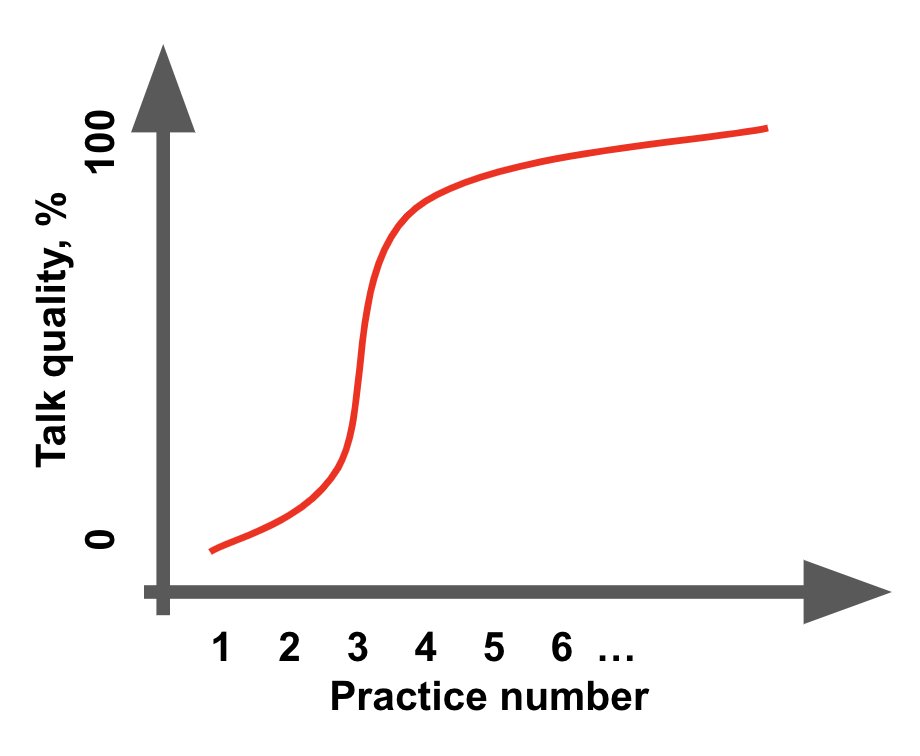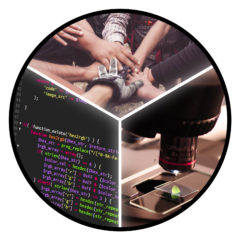
Whether you are getting ready to review somebody’s presentation, or you are presenting your slides to a supervisor or a friend for feedback, here is a handy check-list of questions you should be able to answer.
First, few organizational questions:
- When is the presentation?
- How much time you will be given? (total talk time, Q&A time)
- Will it be in front of live audience, broadcasted, or both?
- What is the aspect ratio of projector you will be using?
- Who is the audience, how close are they to you professionally? (Think general public vs collaborator)
- Will your presentation be interrupted with questions or you have solid block of time?
- Have you uploaded your presentation to cloud storage in case the laptop dies?
Now more about the content:
- What is the main product you are presenting?
- What is the problem you are trying to solve in your work?
- Why is this problem important?
- What existing solutions have you considered?
- What are the key benefits and shortcomings of those solutions?
- Which particular gap your solution fills?
- What are the limitations of your solution?
Considerations about the style and information density:
- Does every title sound like a message? Bad: “Comparing medications A and B for blood pressure“, good: “Medication B is not different from A for blood pressure“
- Do labels on plots occupy as much space as possible?
- Are any slides have more than two plots? Is it really necessary?
- Have you considered that each pixel costs you money? Can you reduce number of blank or useless pixels?
- If you want to present animation/movies, do you have static images to back you up and highlight the point?
- Do you have a “graphical abstract” at the end of the slides that summarizes findings and showcases few results while using minimal text?
Remember that quality of your talk will improve with each practice presentation. Find few friends who care, and do several runs of your slides

Bonus round: checklist for inviting someone to speak
When inviting someone to give a talk, fill in the blanks and send it to them
- Your talk starts at __
- Please keep talk under __ minutes so we can have __ minutes for Q&A
- The questions are going to be at the end/interrupting the talk
- The projector we have is 4:3/16:9
- There will be __ people in audience, mainly ___

